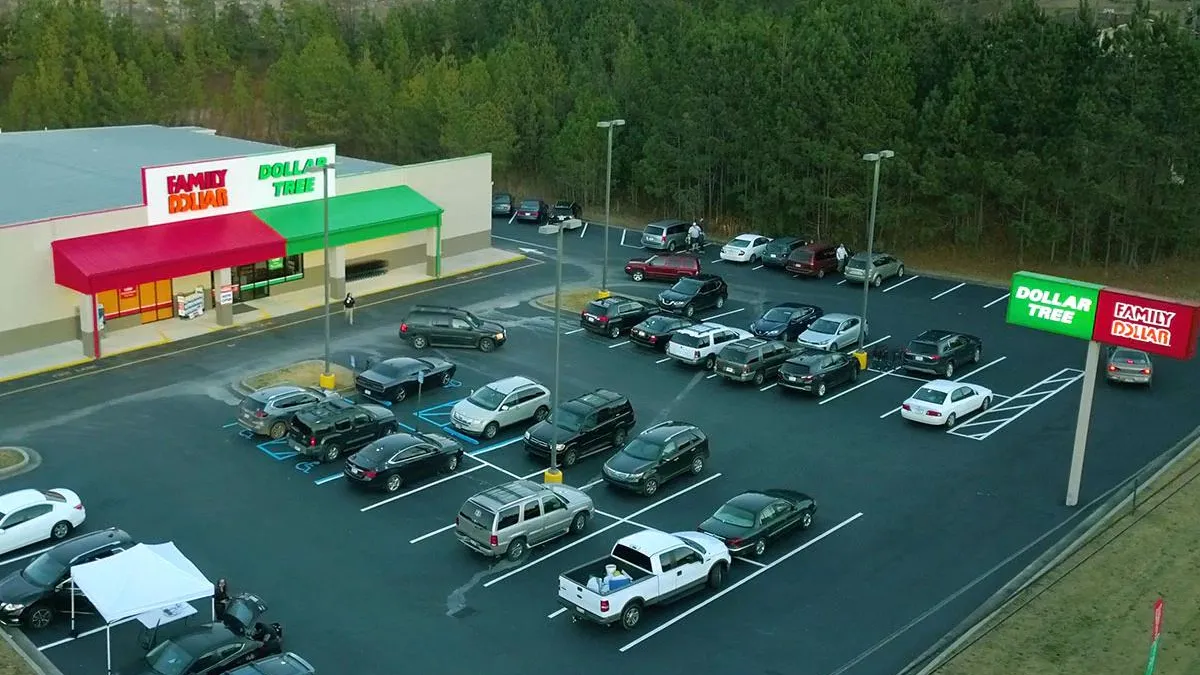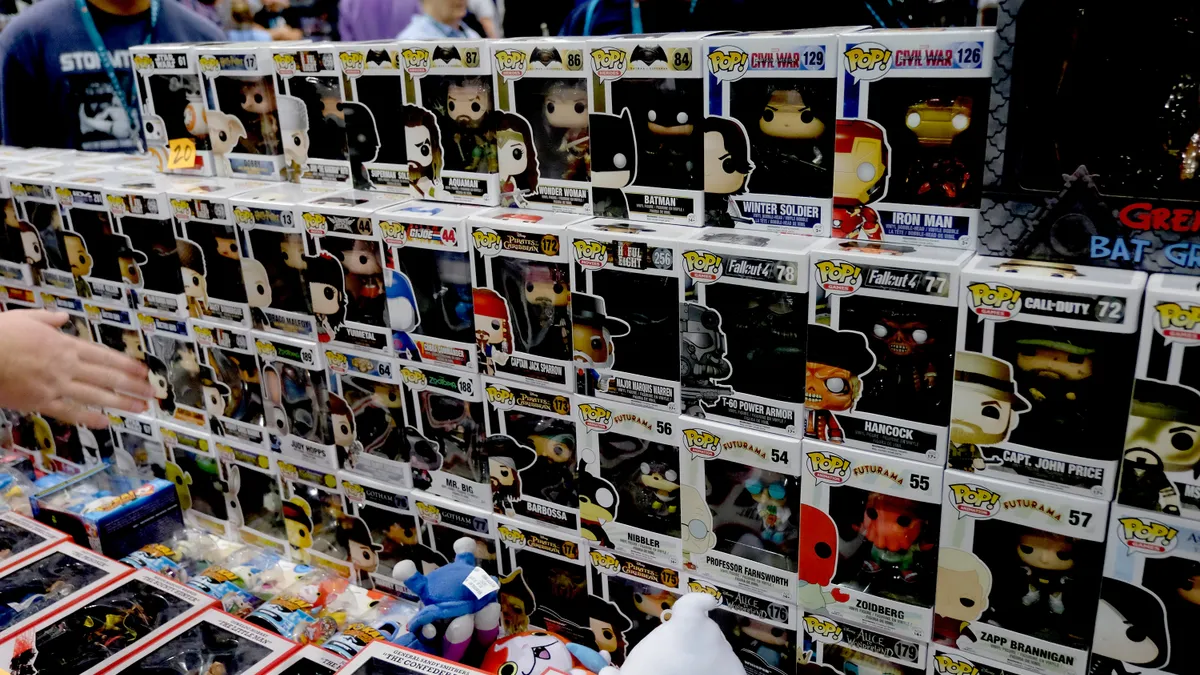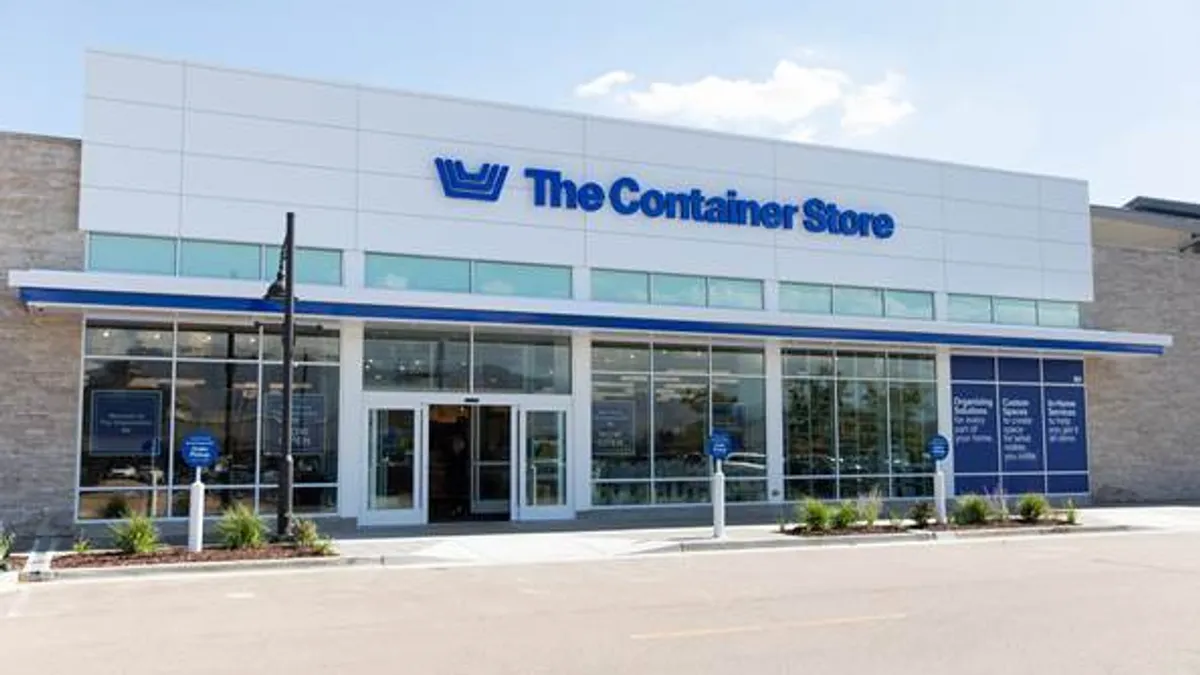Dollar stores — those that stayed open as essential retailers — were among the primary beneficiaries of 2020’s topsy-turvy selling environment. Many core and new customers used Dollar General and Family Dollar to stock up and took advantage of their general merchandise assortments to consolidate shopping trips.
The questions for the dollar stores in 2021 are the same for much of retail. Can those that rose keep up the momentum and hold on to the customers they gained last year? Can those that declined catch back up this year to their pre-pandemic performance?
The first quarter provided some hints, if not answers. For some, including Dollar General, the quarter brought a very tough comparison against Q1 of 2020, when consumers were panic buying and many competitors were closed. At the same time, the quarter saw a more secure consumer, as many received both government stimulus payments and COVID-19 vaccines during the period.
Here’s a look at how Q1 shook out for the biggest players in the dollar field:
Dollar General
Sales: $8.4 billion | YoY: -0.6%
Comps: -4.6%
Operating income: $908.9 million | YoY: +4.9%
Net new stores: +260
Highlights: Set against 2019 sales, Dollar General’s performance looks much better than it did compared to an explosive Q1 2020. At the top line, Dollar General’s sales rose by more than 25% compared to pre-pandemic levels. That suggests the retailer sustained much of its momentum and positioning even as sales came short against 2020.
GlobalData Managing Director Neil Saunders noted that Dollar General’s numbers suggest the company has held on to many of the customers it gained during the pandemic. "These included middle- and higher-income shoppers who started using Dollar General for the first time because it was local and easy to access," Saunders said.
The pandemic may have given the retailer a boost in its ongoing efforts to expand and diversify its customer base beyond low-income households that traditionally make up Dollar General’s core customer.
Also working to Dollar General’s favor is its sales mix in Q1, which had a higher share of non-consumables boosting profits compared to last year with its heavy sales of lower-margin consumable products like food. Eating into that profit, though, were higher transportation costs causing problems across the industry.
Popshelf update: COO Jeff Owen said on a conference call that Dollar General opened three new locations of its Popshelf banner, which targets suburban women with regularly refreshed merchandise at price points of $5 and under. The company is on track to add 50 Popshelf locations by the end of the year, plus another 25 in-store shops at its larger-format Dollar General Market store locations, the operations chief said, according to a Seeking Alpha transcript.
According to Owen, the first eight locations make between $1.7 million and $2 million in annualized sales and have a gross margin rate of around 40%, as compared to a traditional Dollar Store location’s average sales volume of about $1.4 million and gross margin rate of 32%. The company estimates that there are around 3,000 "store opportunities" for Popshelf in the U.S.
On the conference call, an R5 Capital analyst called Popshelf "just an insane format, one of the best I've seen in about 20 years."
Dollar Tree
Sales: $6.5 billion | YoY: +3%
Family Dollar comps: -2.8%
Dollar Tree comps: +4.7%
Operating income: $519.9 million | YoY: +42.1%
Net new stores: +87
Highlights: Dollar Tree’s Family Dollar banner faced the same tough comparisons that Dollar General did against a Q1 in which it served as an open essential retailer. Its 2.8% comp decline compares against a 15.5% increase last year. But net sales increased nearly 11% from Q1 2019, a sign that the banner may have permanently gained ground against 2019. For the full 2021 fiscal year, Dollar Tree expects consolidated sales to remain roughly level with 2019, at over $23 billion.
While Family Dollar tried to hold on to pandemic-level sales, the Dollar Tree banner made up ground that it lost. Yet its overall sales increases compared to 2019 fall short of rivals in the dollar space, Saunders noted in emailed comments.
"The problem for Dollar Tree is that it is neither fish nor fowl. It is not particularly strong on food, and although it does have essentials like household cleaning products, these do not drive regular footfall in the same way as grocery," Saunders said. "Nor is it all that compelling in non-food across areas like apparel and home — certainly not enough to be a destination for shoppers."
Telsey Advisory Group analysts led by Joseph Feldman said in a research note that freight costs had masked some of the progress Dollar Tree as a company has made on its strategic efforts. That includes the "Dollar Tree Plus" initiative, which hedges against its everything-for-$1-or-less proposition with merchandise at higher price points.
"Broadly, we believe Dollar Tree remains well-positioned to gain market share in this volatile macro environment, given its convenient locations, value-focused merchandise, and defensive product mix of consumables," the Telsey analysts said.
Combination concept update: The company said in its earnings release that its recently introduced Family Dollar-Dollar Tree combo stores, which target isolated rural markets, are bringing a same-store sales lift of 20% on average and have been "extremely well received" in communities. All told, the company estimates it could build 3,000 of the stores.
Five Below
Sales: $597.8 million | YoY: 197.6%
Comps: +162%
Operating income: $63.7 million | +$135.9 million*
*Five Below’s Q1 2020 operating income was negative
Net new stores: +67
Highlights: Five Below didn’t just close the gap between this year and Q1 2020, during which it closed its stores and weathered massive sales declines. The retailer also performed strongly against pre-pandemic levels, with sales up 63.9% from Q1 2019. Operating income also increased two and a half times from 2019.
During the quarter the company opened a record number of stores for a period, adding Utah to its roster of states where it operates as well as a new market in Tucson, Arizona. CEO Joel Anderson described new stores on a conference call as having "always been the fuel for the Five Below growth engine," according to a Seeking Alpha transcript.
Sales at Five Below were strong across categories, with sports, tech, style, candy and room products performing especially well, according to Anderson. The retailer has added pricing and merchandising flexibility with its Five Beyond store-in-store concept, which offers products ranging over the Five Below $5 proposition. Anderson said the company expects to end 2021 with Five Beyond reaching 30% of its stores.






















